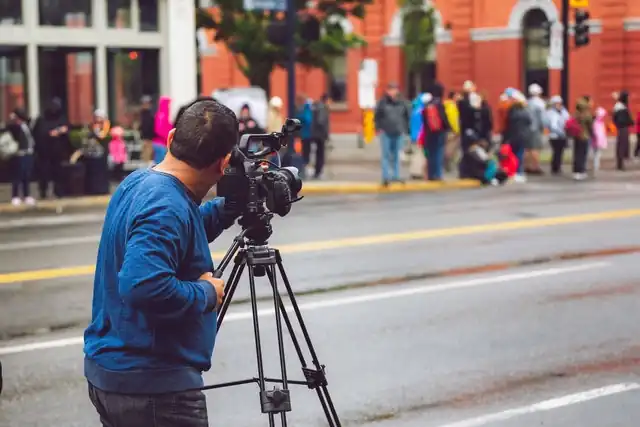
Author’s Note
I have written a more recent article about adding images and videos.
Original Article
Can you imagine a documentary film where there is just narration in front of a black screen? Sounds terrible, right? Well, those pictures and images that are placed on the screen during narration are called B-Roll. And the quality of the B-Roll can have a huge impact on the quality of the film. The images and videos a person chooses to put on a website can have a similar impact.
Layout and features are key to a website, and if they aren’t set up properly then the quality of your images and videos will not magically turn your website into something that looks good. But even if you have a responsive and functional website, you’ll still need to take the time to collect and customize your media.
It’s a good idea to give yourself choices. Often something that looks good on its own won’t look good within the space of your website. You can use sites like pexels, pixabay, and unsplash to compile free stock footage that is appropriate to your site.
Depending on how your website is set up, you may have limitations as to the height and width of your photos or videos. You can use free open source software like GIMP to change the photo’s dimensions. This software usually has a little bit of a learning curve, but if your patient and your willing to search multiple sites for quality instructions, you can usually get things to look the way you want to.
Obtaining Media
When you’re selecting your stock footage, you will usually be given an option of image size. You usually want to pick the smallest image available because the larger the image, the larger the file size and the longer it will take your website to load. However, it is worth testing how your image looks. Slightly larger images will often load almost as fast as smaller images, but will look substantially better.
Similarly, when picking a video, you want to pick a video of the lowest quality. This is still usually HD and still looks good. Videos are significantly larger than images, so you may also need to consider setting up your site so that an image loads in place of the video on mobile browsers.
If you want to use your image or video in the background, then I’m a fan of yours. However, you should keep in mind that this is complicated. It isn’t enough to simply set the image or video in the background. You’ve got to make sure that it looks good on all screen sizes, and you’ve got to make sure that it coordinates with the rest of the site so that all of your text is readable.